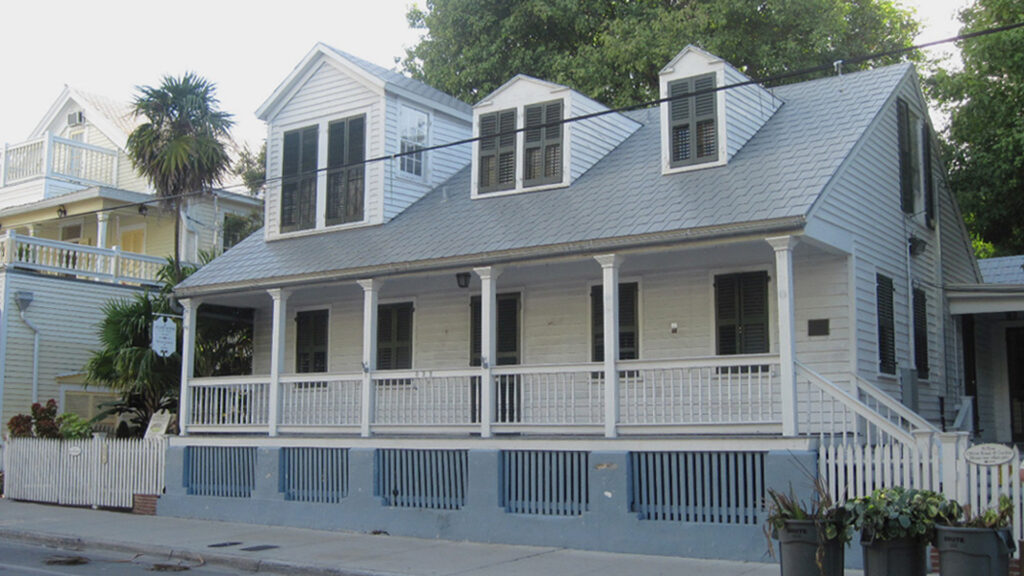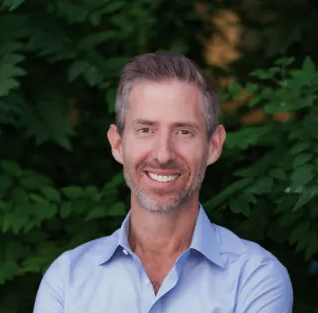By Ted Caplow
As Hurricane Debby impacted North Florida this week, here in Miami, it feels like time to get serious about resilience. The battle against climate change must include adaptation, because the international scientific community has concluded that even if emissions are controlled, we will see very significant sea level rise this century, together with an increase in hurricane intensity.
Nowhere is rapid adaptation more important than in South Florida. Assumptions that this region will be blown or washed off the map are hasty. We know how to build things that last, even in harsh environments, but we need to start doing it more often.
Research at the Massachusetts Institute of Technology indicates that the average home in the United States lasts 56 years. But we can do much better. Drive through any historic neighborhood, even in Miami, and you will see many houses around their 100th birthday. The oldest house still standing in Key West dates from 1829, and has survived over 30 hurricanes that have struck the Florida Keys since.

The United States is expected to build up to 100 million new homes by the middle of the century, according to researchers at the University of Michigan. How we design these new homes matters.
Building homes takes energy and resources. Knocking them down produces copious waste. The most sustainable strategy is to create high-efficiency homes that will last as long as possible. When we build for longevity by removing fragile materials from home construction, we also remove many of the health problems associated with aging and deteriorating buildings, such as mold and volatile organic compounds.
Inside a South Florida home, water is the enemy, whether it comes in the form of rain, humidity or rising seas. Resistance to water is the key to longevity, and to gaining all of the environmental and health benefits that go with it. The homes that we build today should be designed to be, in essence, waterproof.
In Miami, a zoning ordinance approved by the city commission last year allows homes to be built nine feet above today’s federally designated flood level. Not coincidentally, the region’s multi-county climate compact, formed in 2011, predicts eight feet of sea level rise over the next 100 years.
The new height allowance is desperately needed, but it may be weak tea: There is no impetus on builders to take advantage of it. Ironically the most effective pressure may come from Florida’s beleaguered insurance industry, which appears increasingly reluctant to cover homes built too low or too weak to handle the storm surge caused by major hurricanes.
As homes are rising higher, they must also grow stronger. Florida’s building codes now require that homes withstand 175 mph winds, exceeding the definition of a Category 5 hurricane.

These hurricane codes are producing some of the strongest buildings in the world, but if we want these buildings to last, we must look way ahead. In the wake of the Surfside condominium collapse in 2021, in which 98 people lost their lives, novel methods for preventing the corrosion of steel rebar, including replacing it entirely with fiberglass, have been edging closer to mainstream practice.
In fact, there are numerous opportunities for ecological innovation in the built environment. Smart homes, ultra-efficient air conditioning systems, improved air and water filtration, hurricane-resistant solar panels and waterproof insulation materials all support climate change resiliency. But progress is too slow. These technologies are either overdue, underutilized or both.
In South Florida, local governments acknowledge that moving faster now will pay dividends in the long run, but action in the public sector is not enough to secure a city’s future in the climate change era. The race for adaptation must ultimately be won in the private sector.
Miami’s vulnerability to hurricanes and sea level rise creates a golden opportunity for the innovation economy that this city has so boldly promoted. If we can build durable and waterproof homes for Miami, we can export these solutions to other flood-prone cities around the world.
This philosophy is offered as a marked contrast to the idea, popular a decade ago, that Miami would need to persuade the Dutch to save us by building a dike around the whole place. It might be a better idea to just save ourselves.
Ted Caplow, Ph.D., is an entrepreneur, engineer and patented inventor who has worked in sustainable technology since 2003. He is the creator of the Science Barge in Yonkers, N.Y., and a founder of New York Sun Works, BrightFarms and Caplow Manzano, an architect-developer based in Miami. He holds an advisory position at the University of Miami Department of Civil and Architectural Engineering. This opinion piece was originally published by the Sun Sentinel, which is a media partner of The Invading Sea.
If you are interested in submitting an opinion piece to The Invading Sea, email Editor Nathan Crabbe at ncrabbe@fau.edu. Sign up for The Invading Sea newsletter by visiting here.


